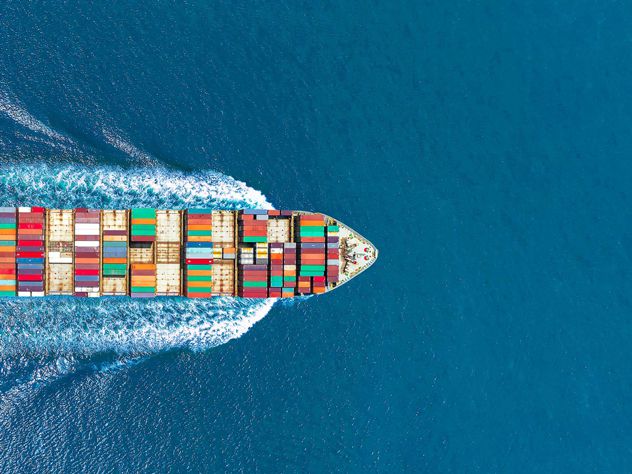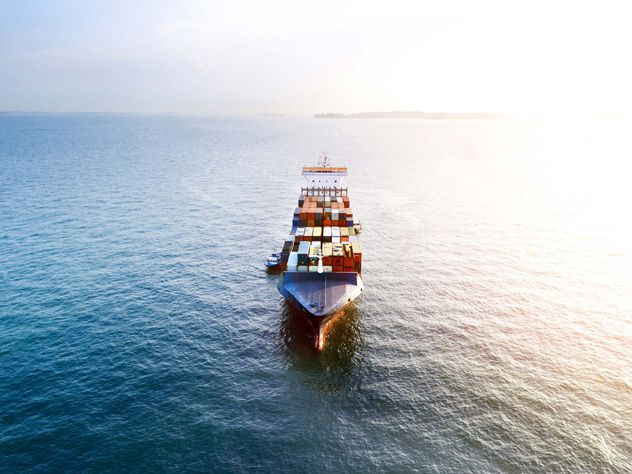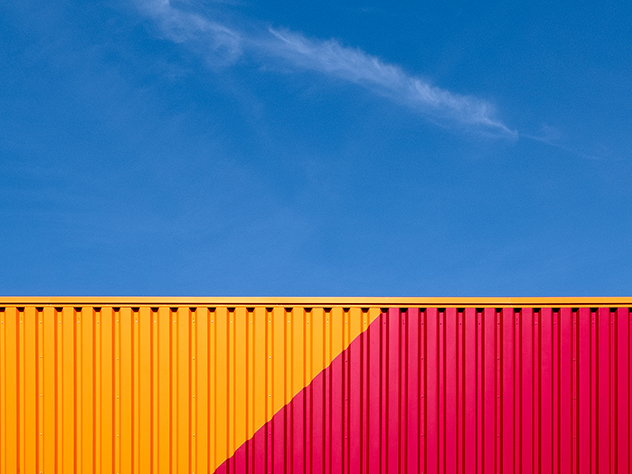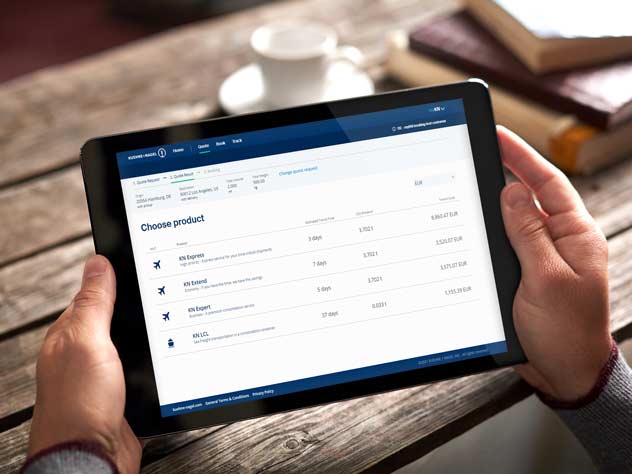Biofuel is an effective way to reduce CO2e emissions in the sea freight industry instantly. Learn more about this ascending alternative to conventional fossil fuels. What are biofuels made from? How does it work?
In order to reach climate goals, the world is in urgent need to use clean, renewable energy sources. Container shipping emits an average of about 236 million tons of CO2e per year. This corresponds to about 22 per cent of global shipping emissions from seagoing vessels (Fourth IMO GHG Study 2020).
Biofuel is an effective way to reduce CO2e emissions in the sea freight industry instantly.
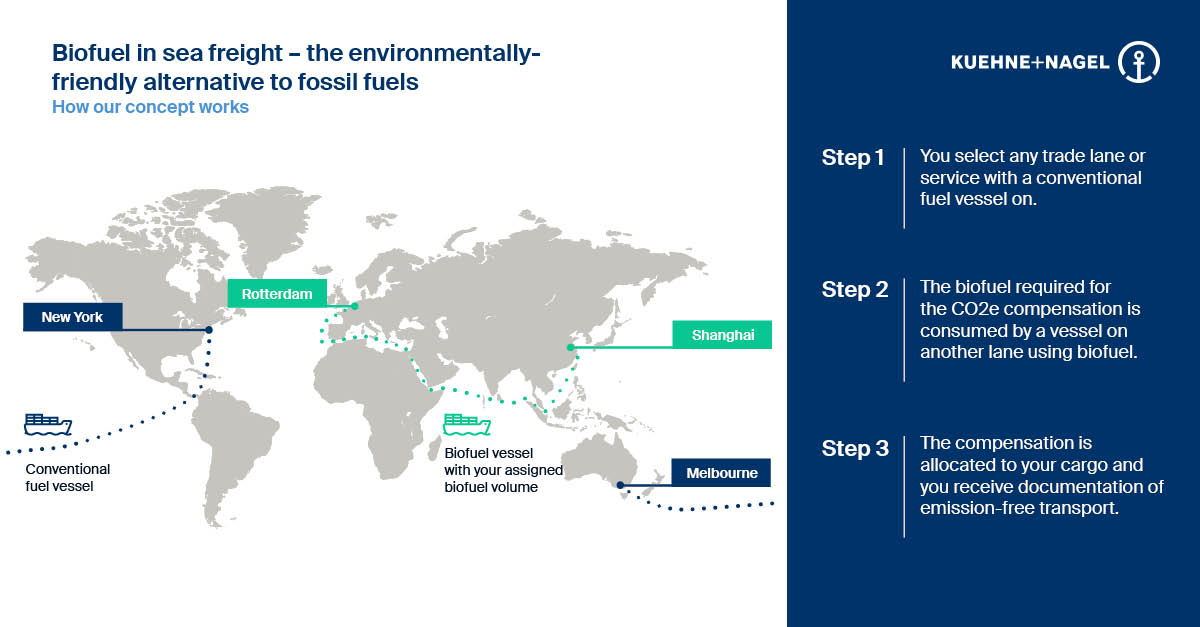
How does the Kuehne+Nagel biofuel concept work?
- Kuehne+Nagel's biofuel concept is based on next generation biofuel
- Kuehne+Nagel is allocating fully traceable biofuel contingents to your cargo
- This so-called Mass-Balance-Concept is a practical approach allowing you to avoid CO2e emissions from your entire supply chain instantly. Mass balancing means consuming biofuels on some specific vessels and allocating CO2e savings to specific cargo volumes or products.
- Transparent pricing methodology following leading oil price benchmarks
- Kuehne+Nagel is working directly with leading ocean carriers to provide you with this concept
What are the advantages of using biofuel?
Your benefits:
- 90-100% of CO2e emissions avoided instantly
- Allowing you to label your products even greener
- Full fuel traceability assured
- "No food for fuel": Next generation biofuel doesn‘t require farmland and it doesn‘t interfere with food cultivation
- Documentation: Declaration provided for your dedicated consumption issued by acknowledged societies
Start sending your shipments with biofuel today.
Get in touch with us.


